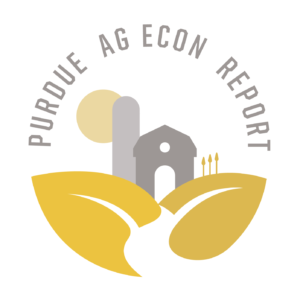Food Price Inflation to Remain Low
December 23, 2013
PAER-2013-15
Corinne Alexander, Associate Professor
Food shoppers are benefiting from a period of below normal food price inflation, which is a welcome reversal from several years of high food price inflation. Overall food price inflation is currently averaging about 1.5% in 2013, compared to 2.6% in 2012 and 3.7% in 2011. The primary drivers of the below normal food price inflation are: 1) rebuilding of global inventories for major cereal crops due to a favorable growing season in the United States; 2) moderating of energy prices and; 3) potential adjustments to government mandates that use food products for ethanol and soy biodiesel production.
In October 2013 overall food price inflation was 1.3% compared to October 2012. Food price inflation is composed of expenditures at the grocery store and restaurants. Grocery store prices are much more sensitive to commodity prices. As of October, grocery store price inflation was only 0.8% which reflects deflation for products such as cereals, fats and oils. Restaurant price inflation is 1.9% as restaurants also benefit from lower ingredient costs and energy costs.
Given the favorable U.S. weather conditions in 2013 which resulted in a large corn crop and adequate soybeans, US inventories of these commodities have been restored to comfortable levels. Consumers are already seeing the lower prices for cereals and vegetable oils. With a large supply of much less expensive feed, the livestock sector has started to expand production. Consumers will start to see the benefit in early 2014 with lower poultry prices, by summer 2014 with lower pork prices, as well as lower prices for dairy and eggs. The one exception will be the beef sector which will not be able to expand until the long-term drought in the Central and Southern Plains and West breaks and the ranges recover.
